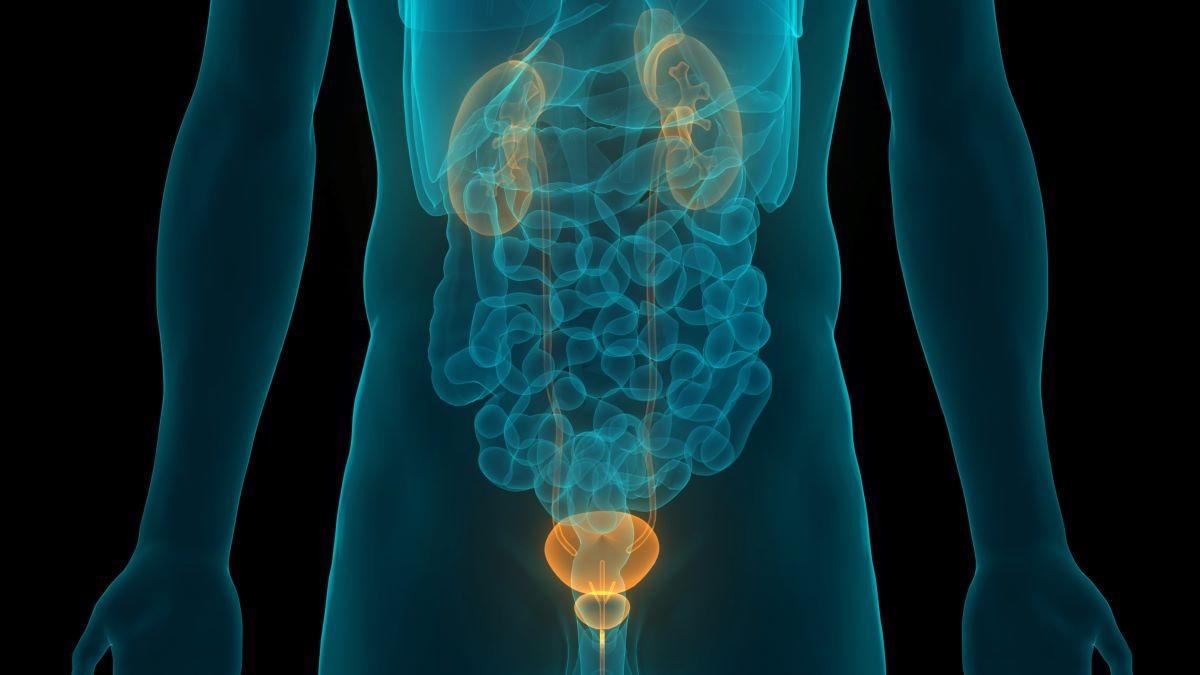Prostatitis is an inflammatory condition affecting the prostate gland. The classification of this disorder includes the prostatitis of chronic, acute, asymptomatic inflammatory types and chronic pelvic pain syndrome. According to the statistics, in the United States, every eights person visiting urologists has prostatitis. In addition, one percent of patients receiving primary physician care suffer from this condition.
What causes prostatitis?
Common strains of bacteria are the primary cause of acute bacterial prostatitis. The person may get infected when the bacteria from the urine moves to the prostate. In addition, this condition may be a result of:
- a disorder of the nervous system
- a disease of the immune system
- prostate or prostate area injuries
However, an inability to identify what causes prostatitis is often the case. It is worth mentioning that sometimes bacteria can “hide” in the gland. Despite this, removing the pathogen from the prostate is essential when it is the cause of prostatitis. To do so, the doctor usually prescribes antibiotics. Failing to eliminate the bacteria can lead to recurrence or difficulties with treatment. This condition is known as chronic bacterial prostatitis.
Risk factors of prostatitis development
The group of factors are known to increase the risk of prostatitis development. They are:
- being a middle-aged man
- having a bladder infection
- history of prostatitis episodes in the past
- having a tube that carries urine and semen to the urethra
- failing to drink enough fluid (dehydration)
- pelvic trauma (for example, injury from horseback riding or bicycling)
- stress
- having HIV/AIDS
- using the urinary catheter to drain the bladder
- unprotected sexual intercourse contacts
- inherited factor (specific genes may make the man more vulnerable to prostatitis)
Prostatitis symptoms
What symptoms of prostatitis the patients experiences depends on the cause of the disease. They may include:
- urination difficulties (for example, hesitant urination or dribbling)
- frequent urge to urinate (in particular during the nighttime – nocturia)
- burning or painful feelings during urination (dysuria)
- a sudden urge to urinate
- blood in the urine
- cloudy appearance of the urine
- painful ejaculation
- pain in the abdomen, groin or lower back
- pain in the area between the rectum and the scrotum
- painful or uncomfortable sensations in testicles or penis
- flu-like symptoms (in the case of bacterial prostatitis)
It is essential to see the doctor if you experience painful urination or ejaculation, have difficulties urinating or feel pain in the pelvic area. Without proper management, certain types of prostatitis can lead to worsening infection or other health issues.
Types of prostatitis
- Acute bacterial prostatitis often occurs as a result of infection by common strains of bacteria. Usually, it develops suddenly and causes signs similar to those of flu. Symptoms may include nausea, fever, chills and vomiting.
- Chronic bacterial prostatitis develops if bacteria isn’t removed from the prostate. It, in turn, causes prostatitis recurrence or infections that are hard to treat. Between periods of chronic bacterial prostatitis, the patient may not experience any symptoms. Alternatively, the person may have some minor signs causing non-significant discomfort.
- Chronic abacterial prostatitis is also called chronic pelvic pain syndrome. In most cases, the doctor can’t determine the exact cause of this condition. What’s more, numerous factors that impact the development of prostatitis are included in this group. The symptoms may be invariable over time. On the other hand, some men experience cycling prostatitis symptoms, which can become more or less intense.
- Asymptomatic inflammatory prostatitis doesn’t cause any symptoms. Therefore, people often find out the presence of this condition by chance. Usually, it occurs when the doctor performs a physical examination. Moreover, there is no need to treat asymptomatic inflammatory prostatitis.
Click Here to read about Treatment.
Source:
















Leave a Reply
You must be logged in to post a comment.